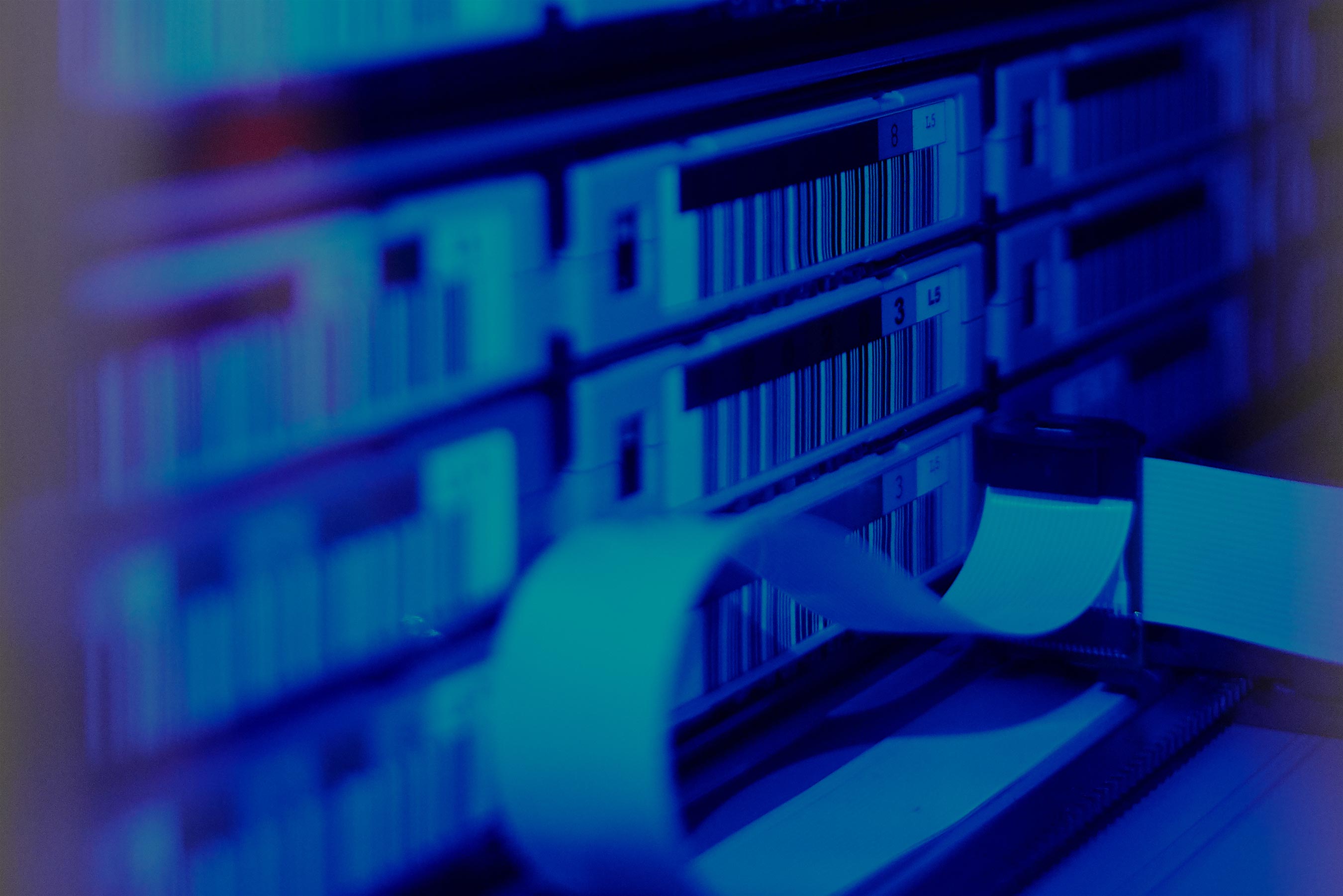 Is the age of tape backup finally coming to a close? Maybe, but plenty of companies are still heavily invested in tape backup and are wrestling with the decision to migrate from tape to disk or cloud storage. For many companies, it’s not a question of “if,” but “when,” especially if they have a corporate mandate to modernize and unify the enterprise data protection environment.
Is the age of tape backup finally coming to a close? Maybe, but plenty of companies are still heavily invested in tape backup and are wrestling with the decision to migrate from tape to disk or cloud storage. For many companies, it’s not a question of “if,” but “when,” especially if they have a corporate mandate to modernize and unify the enterprise data protection environment.
Reasons to kiss tape backup goodbye
Putting aside the fact that tape has lower costs per GB than disk along with impressive write speeds, it is still a “previous generation” technology that has some significant drawbacks. Here are a few to consider:
Tape has hidden costs
Tape requires a capital outlay for tape drives and robotic hardware, as well as significant ongoing operating expenses and staff overhead for carrying out tape operations and keeping systems maintained. And although most tape technologies support compression, the benefit of deduplication cannot be realized, so it’s not as efficient as disk technologies.
Tape has associated risk
As a physical medium, tape(s) can be easily damaged or lost, and robotic tape libraries can be unreliable and difficult to maintain. Tracking of tape media, especially when sent offsite, introduces additional risks. Plus, backing up data to tape and then later restoring it when needed takes significantly longer. Long restore times are the last thing you need if you’ve had a major data loss and your business is impaired as a result.
Tape is operationally complex
Using tape often requires manual operations like imports, exports, and even cleaning. These tasks, when not performed, can impact operations, and perhaps even introduce unnecessary risk.
Migrating off tape, a major step forward
By jumping straight over disk and right to software-based backup delivered with a SaaS model, companies can eliminate capital expenses and hardware issues altogether. But software backup in the cloud offers plenty of other advantages:
Operating expenses drop with the elimination of tape management and replication tasks
- Greater accessibility to your backed-up data can lead to greater value from it
- Backup and restore operations are measurably faster, and software-based deduplication can reduce the overall data footprint
- Software-based backup not only reduces risk, but also allows the flexibility to maintain copies of your backups in the cloud or where-ever you need them
Finding the right alternative to tape backup
All of the benefits notwithstanding, the decision to move off tape is not one that companies make lightly – and tape storage remains a critical part of many IT data protection infrastructures. At Cobalt Iron, we get that. We also understand that choosing the right approach can be bewildering, and sometimes it’s figuring out which questions to ask:
- Do you adopt a direct to disk(D2D) or virtual tape library (VTL) methodology?
- Do you move to a hybrid data center model, where some of your backup happens on prem and on disk, and some of it takes place in the cloud?
- Does it make sense to keep some of your backups on tape?
- Do you have a way to assess your current tape data landscape to understand what’s there and what needs to be kept?
Helping companies answer these questions and adopt the right approach to enterprise data protection — one that’s the right fit for their own environment and will serve them well into the future — is what makes us tick. We developed Compass, our enterprise software-as-a-service backup platform, because we saw a market need for a solution that could eliminate the complexities of enterprise data protection and make migrating critical data backup functions to the cloud as painless as possible.
For instance, if you still have requirements for tape operations and think a VTL is the right solution for your enterprise, we offer Compass VTL. This software-defined solution can bring you all the benefits of SaaS-based backup: simplified operational processes, accelerated recovery, and drastically lowered storage costs. At the same time, you can use Compass to manage your existing tape operations.
In a single stroke, you can deploy a unified solution that unleashes data from traditional physical and virtual tape data silos, while at the same time modernizing operations that still require tape resources for backup and recovery.
A trusted advisor on your journey
At Cobalt Iron, we pride ourselves on being one of the few companies, if not the only company, in the data protection space with a true consultative approach. What does that mean, exactly? It means that we take the time to really understand a customer’s requirements well before we get to the stage of actually quoting specific products. We’ll use a range of tools to assess the entire enterprise data environment.
Many times, we’ll even help customers learn things about their data that even they didn’t know before. For example, many data managers don’t have a good handle on what it really takes to move a very large volume of data into a modern backup environment. With the analytics and automation built into the Compass platform, we help our customers see that migrating their data protection operations to a modern platform isn’t impossible, in fact, it’s very achievable.
Want to learn more?
Find out how Cheney Brothers migrated off tape to Compass and increased their performance 8x
< Back to Blog